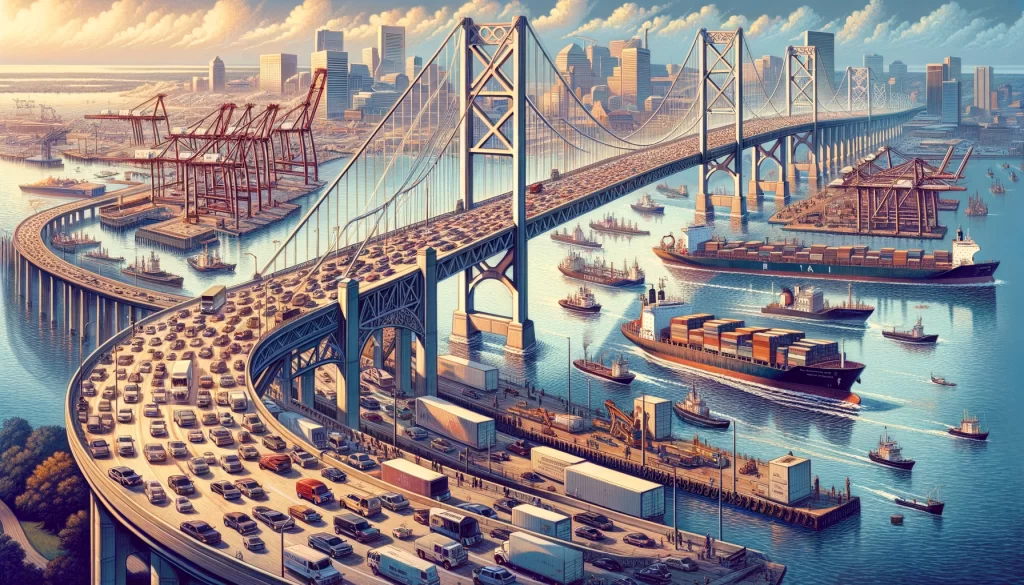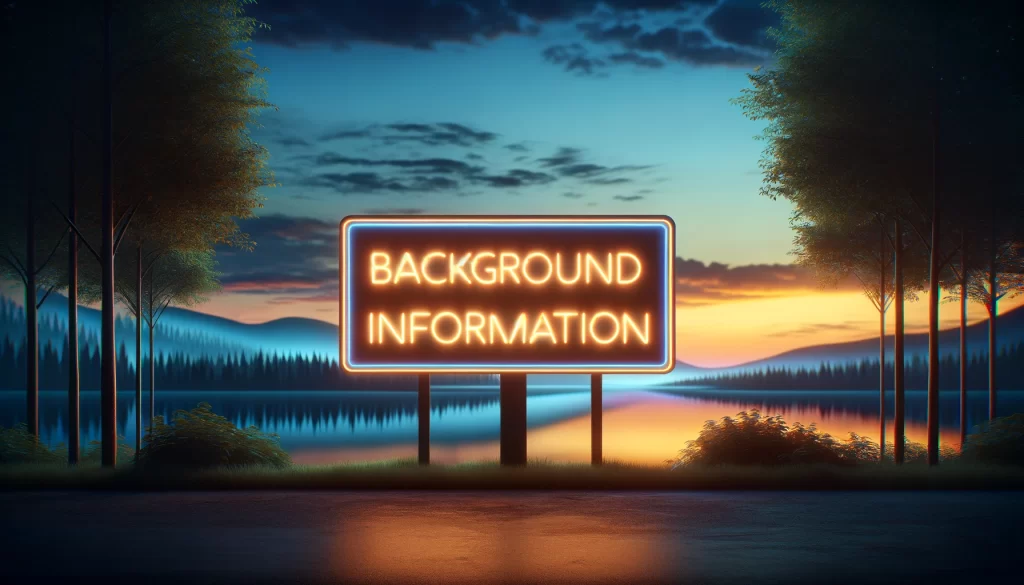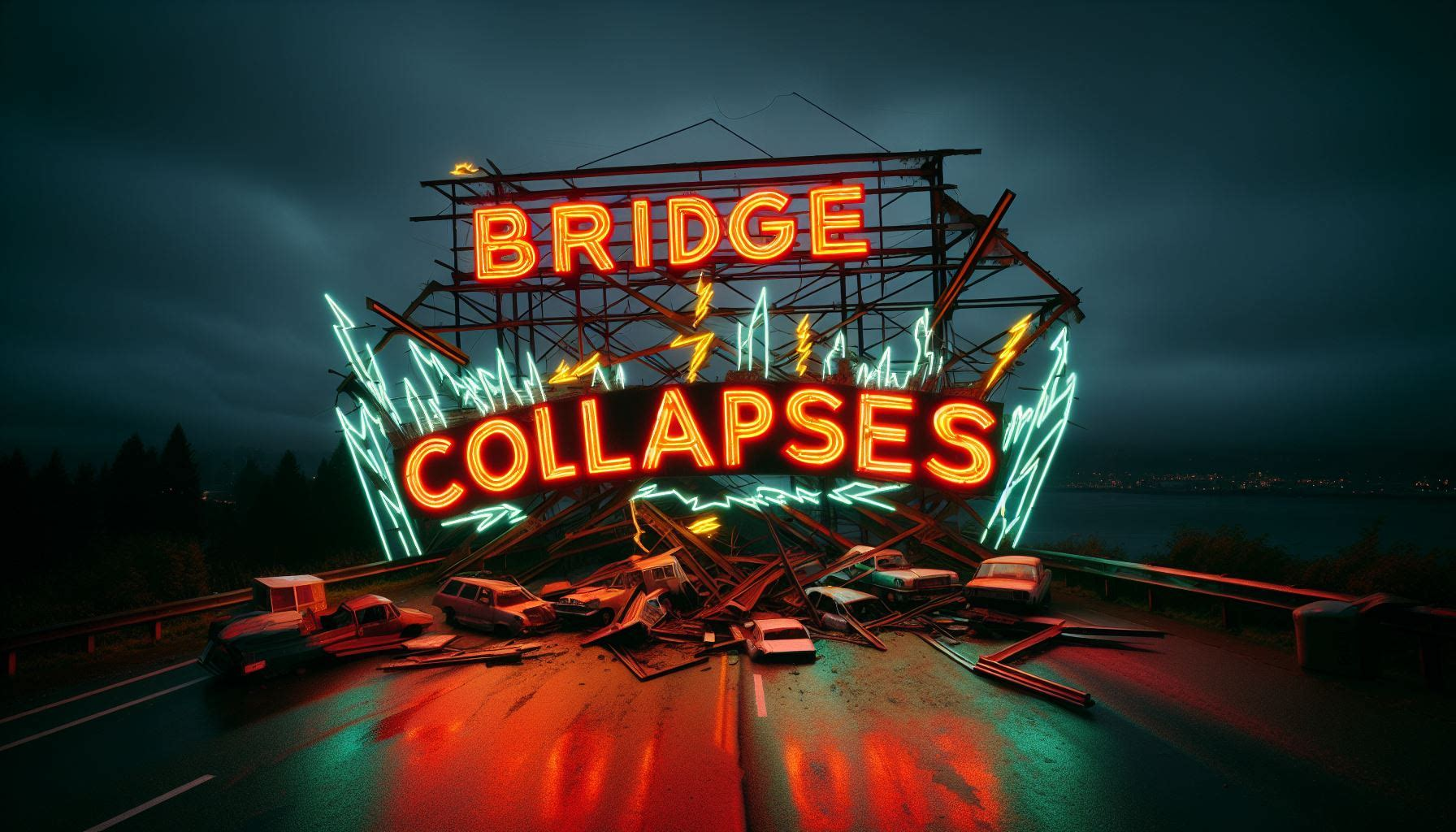On Tuesday, the Francis Scott Key Bridge, a critical piece of infrastructure near Baltimore, suffered a catastrophic collapse, sending shockwaves far beyond the immediate area and affecting the flow of commerce across the United States.
The bridge’s collapse has halted all vessel traffic to and from the Port of Baltimore, one of the busiest ports in the nation, indefinitely disrupting the normal operations of a key economic hub. This event is expected to significantly impact the U.S. economy, particularly the distribution and transportation of goods.
Maryland’s Governor, Wes Moore, declared a state of emergency following the incident, which occurred after a ship struck the bridge in the early hours of Tuesday. Despite the immediate mayday call from the ship, the situation quickly escalated, leading to an urgent search and rescue operation for any individuals or vehicles that may have ended up in the Patapsco River below.
This bridge has long been a vital artery for transport, linking major cities like Washington, Baltimore, Philadelphia, and New York. Its sudden absence from the transportation landscape poses significant challenges, with Maryland Transportation Secretary Paul J. Wiedefeld admitting the uncertainty surrounding the port’s reopening timeline.
The Port of Baltimore is not just any port; it’s a crucial entry and exit point for a vast array of goods. As the leading U.S. port for car and light truck imports and exports, it plays a significant role in the automotive industry, among others. It’s described as a major economic engine for the state, handling an impressive 52.3 million tons of international cargo valued at about $80.8 billion in just the last year.

Beyond its immediate economic contributions, the port supports over 15,000 direct and 139,000 indirect jobs, contributing nearly $3.3 billion in personal income. Its strategic location offers unparalleled access to the Midwest, making it a preferred choice for businesses aiming for efficient distribution across the country.
The Francis Scott Key Bridge, opened in 1977, is an essential part of this economic ecosystem. Spanning 1.6 miles as the outermost crossing of the Baltimore Harbor, it facilitates approximately 11.3 million vehicle crossings annually. It was chosen over a tunnel for its lower maintenance costs and additional traffic lanes.
The aftermath of the collapse has been chaotic, with significant impacts already visible. Traffic has been rerouted, causing delays and congestion, while ships destined for Baltimore have been left stranded, unable to proceed to the port. This disruption comes at a particularly inopportune time, just before the Easter holiday, potentially complicating travel plans for thousands.
The incident has also affected several major companies, such as Amazon, FedEx, and BMW, which rely on the industrial facilities near the bridge for distribution and logistics operations. The resulting bottleneck in imports and exports might even prompt a shift in how goods are transported across the country, possibly favoring West Coast ports as alternative entry points into the U.S. market.
This article is based on the following article:
https://www.axios.com/2024/03/26/baltimore-bridge-collapse-port-close-ripple-effects

Background Information
This background information makes clearer the significance of the Francis Scott Key Bridge and offers insights into the complexities of modern infrastructure, commerce, and emergency management.
The Importance of Infrastructure
Infrastructure refers to the basic physical and organizational structures needed for the operation of a society or enterprise. This includes roads, bridges, tunnels, water supply, sewers, electrical grids, telecommunications, and so on. Infrastructure is crucial because it enables transportation, communication, and trade; without it, modern economies would grind to a halt. The Francis Scott Key Bridge was a vital part of this system, connecting major cities and facilitating commerce.
Role of the Port of Baltimore
The Port of Baltimore is a significant U.S. seaport that has a crucial role in international trade. It’s strategically located closer to the Midwest than any other East Coast port, making it an efficient gateway for goods moving in and out of the country. The port’s effectiveness in handling cargo, especially automobiles and light trucks, makes it a critical asset for the U.S. economy, supporting thousands of jobs and contributing significantly to the national GDP.
Economic Impact of Ports
Ports are essential for global trade. They serve as points of entry and exit for goods being imported and exported, linking maritime routes with land transportation. When a port like Baltimore’s is disrupted, it doesn’t just affect the local economy; it has a ripple effect throughout the supply chain, impacting national and international markets. This can lead to delays in deliveries, increased transportation costs, and shortages of goods.
State of Emergency
A state of emergency is declared by a government in response to a significant event that threatens public safety or health. It allows for the mobilization of resources, the implementation of emergency plans, and the temporary overriding of normal governmental functions. Governor Wes Moore’s declaration highlights the severity of the bridge collapse and the immediate need for a coordinated response.
The Francis Scott Key Bridge
Opened in 1977, the Francis Scott Key Bridge is named after the author of the United States’ national anthem and serves as a major transportation link. Its design and location were strategic, providing a more efficient route than a tunnel and supporting significant traffic volumes. Understanding its role helps explain the extent of disruption caused by its collapse.
Implications of Traffic Redirection
The immediate redirection of traffic following the bridge collapse underscores the challenges of managing transportation networks when key infrastructure fails. Alternate routes may not be designed to handle the increased volume, leading to congestion, increased travel times, and the economic costs associated with delays.
The Broader Economic Context
The article touches on how major companies and the movement of goods might be affected. This highlights the interconnectedness of modern economies. A disruption in one area can lead to inefficiencies and challenges across various sectors, demonstrating the fragile nature of global supply chains.
The Human and Environmental Aspects
Lastly, beyond the economic implications, infrastructure collapses raise concerns about safety, rescue operations, and environmental impact. The search for people and cars in the Patapsco River illustrates the immediate human danger posed by such disasters, while the potential for environmental damage requires careful management and mitigation.
Please subscribe to Insight Fortnight, our biweekly newsletter!
